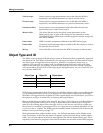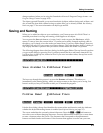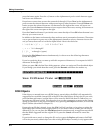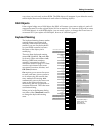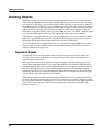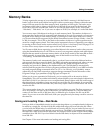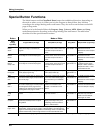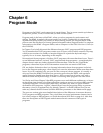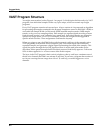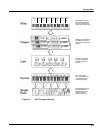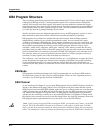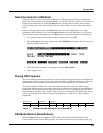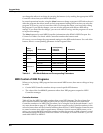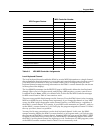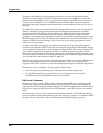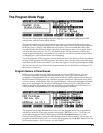
6-2
Program Mode
VAST Program Structure
VAST Program Structure
You might want to take a look at Figure 6-1 on page 6-3, which depicts the hierarchy of a VAST
program, from individual samples all the way up to setups, which can contain up to eight
programs.
Every VAST program contains at least one layer. A layer consists of a keymap and an algorithm
for processing the samples contained in the keymap. Samples are stored in the K2661’s ROM, or
are loaded into Sample RAM via Disk mode, MIDI standard sample transfer, SMDI sample
transfer, or by your own sampling efforts. Each sample is a separate digital recording of some
kind of sound: musical, vocal, industrial, any sound at all. Individual samples are assigned to
specific key ranges (from A 2 to D 3, for example), and are also assigned to be triggered at
specific attack velocities. These assignments constitute the keymap.
When you trigger a note, the K2661 looks to the keymap of each layer of the currently active
VAST program(s) to determine which samples to play. The sound engine then fetches the
requested samples and generates a digital signal representing the sound of the samples. This
signal first passes through the five DSP functions (more in triple mode) that make up the
algorithm. It then passes through the KDFX effects processor, and finally appears—with some
level of effects applied to it—at one or more of the audio outputs.
The layer is the VAST program’s basic unit of polyphony, that is, each layer constitutes one of
the 48 voice channels the K2661 can activate at any time. If you have a program that consists of
two layers covering the note range from A 0 to C 8, each key you strike triggers two voice
channels.



